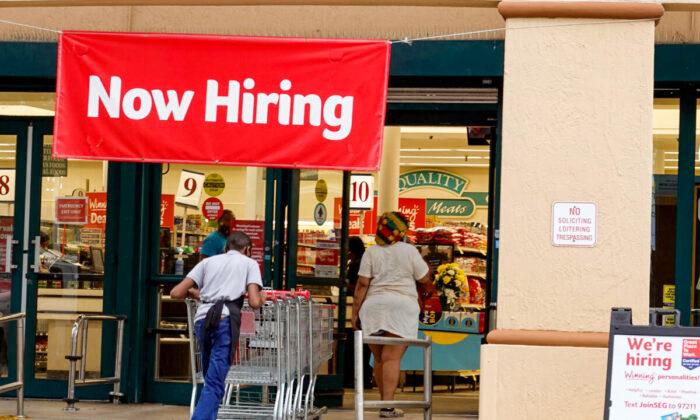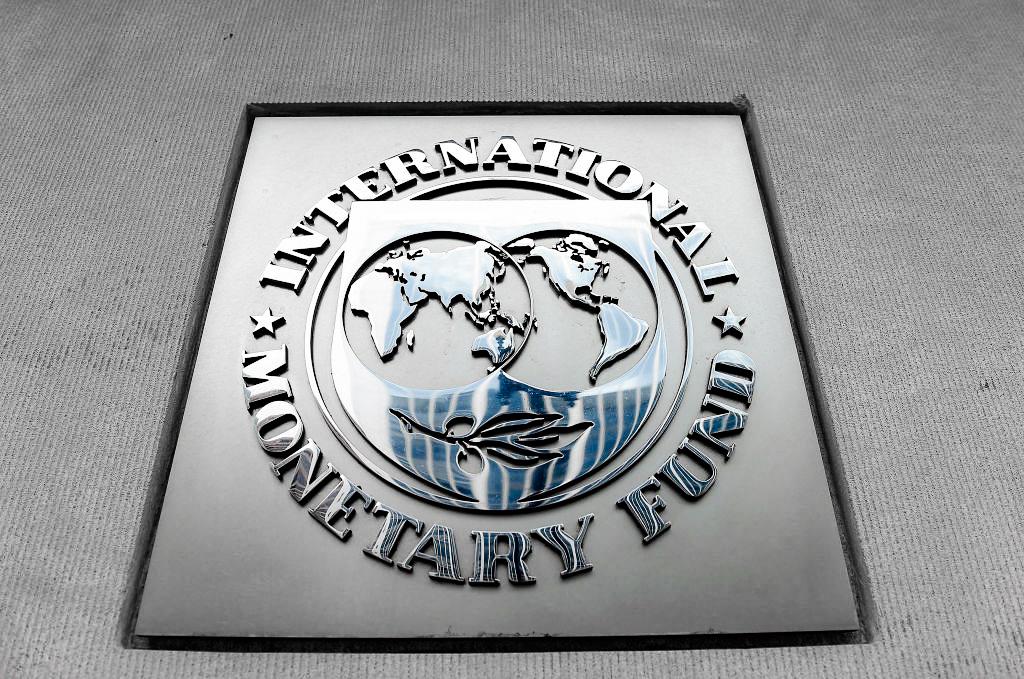The number of U.S. citizens filing new claims for unemployment benefits declined to its lowest level in 2022 in the week ending Feb. 26, according to the latest data from the Department of Labor.
“The advance seasonally adjusted insured unemployment rate was 1.1 percent for the week ending February 19, unchanged from the previous week’s unrevised rate. The advance number for seasonally adjusted insured unemployment during the week ending February 19 was 1,476,000, an increase of 2,000 from the previous week’s revised level,” the statement reads.
The four-week moving average was at 1,539,500, the lowest since April 4, 1970.
The total number of continued weeks claimed for benefits in all programs for the week ending Feb. 12 declined by 62,625, to 1,971,279. The highest insured unemployment rates for the period were in Alaska, California, New Jersey, Rhode Island, and Massachusetts.
The largest increases in initial claims for the week ending Feb. 19 were in Michigan, Kansas, Utah, Connecticut, and the District of Columbia.
The dip in unemployment claims comes as companies are struggling with a shortage of workers. Employment openings exceed job seekers by about 4.4 million.
“The latest numbers give more evidence that job creation is strong, and employers continue to hold fast to their workforces,” said Andrew Challenger, senior vice president at Challenger, Gray & Christmas. “The churn in the labor market is coming from resignations.”
Companies have increased wages, with average hourly earnings rising by 5.7 percent in January year-over-year, according to the labor department. The shortage of labor is contributing to wage growth and inflation, which wage growth is failing to keep up with.
“We understand that high inflation imposes significant hardship, especially on those least able to meet the higher costs of essentials like food, housing, and transportation,” Powell said.
“We know that the best thing we can do to support a strong labor market is to promote a long expansion, and that is only possible in an environment of price stability.”





